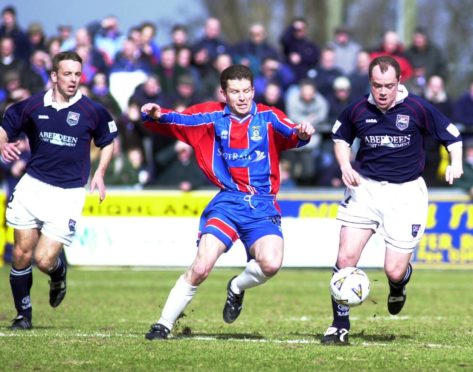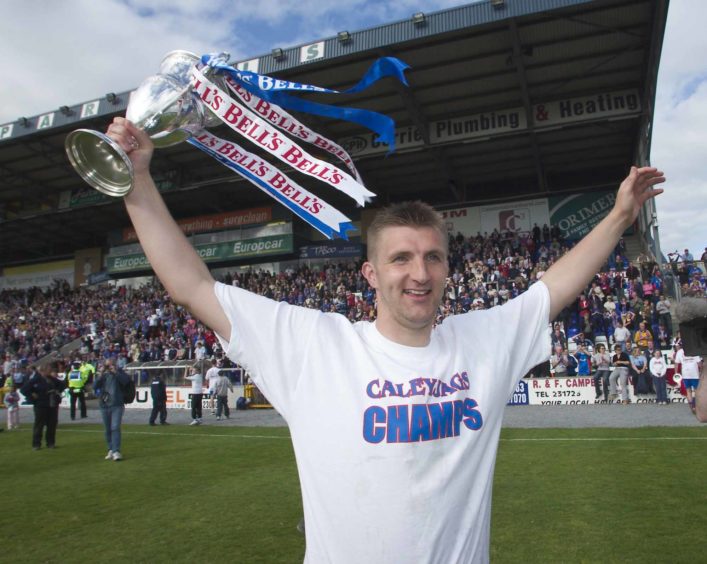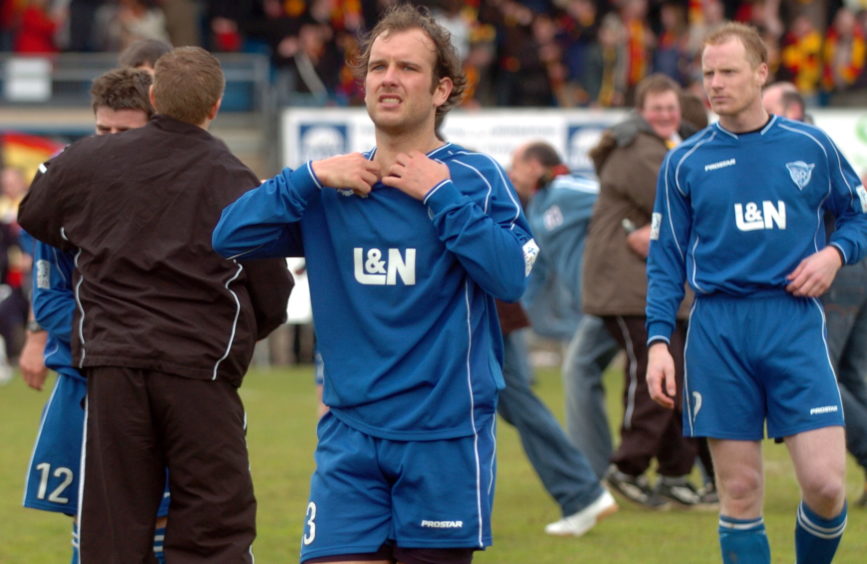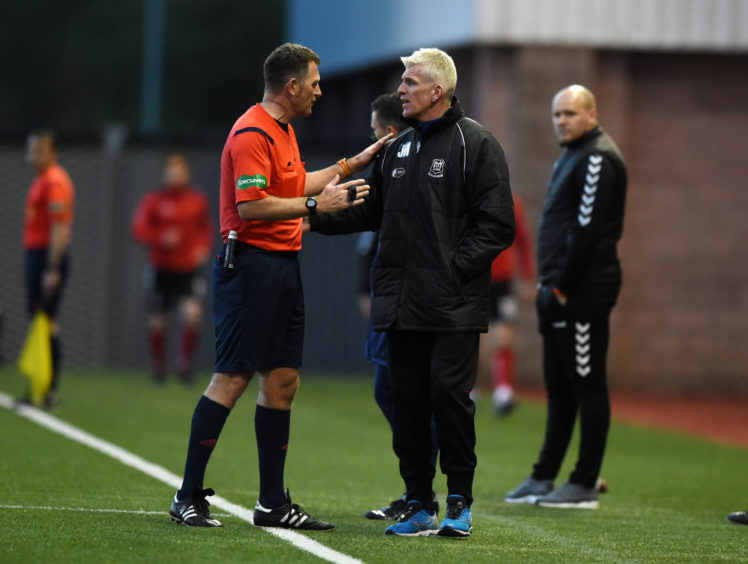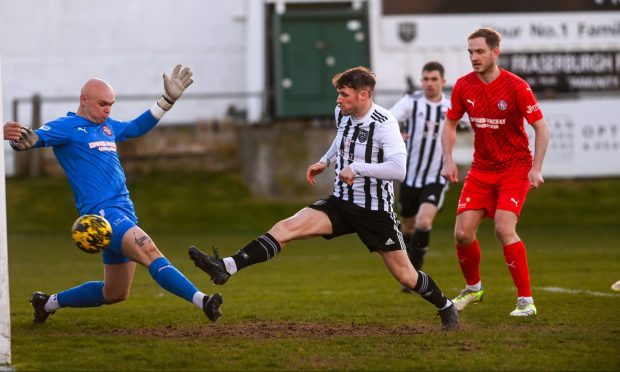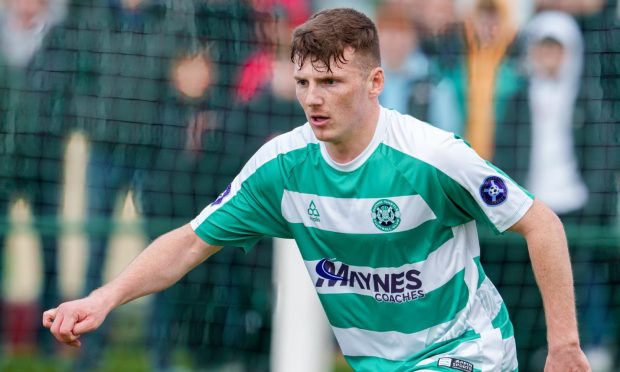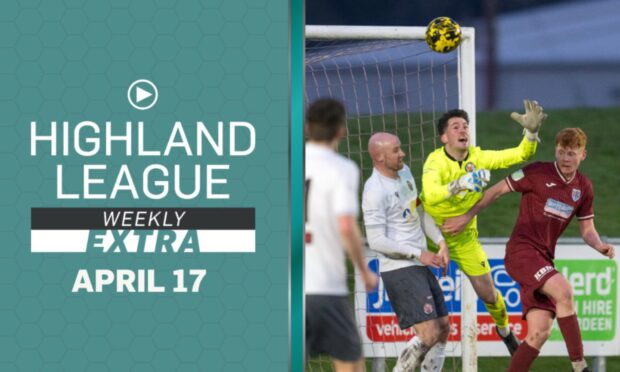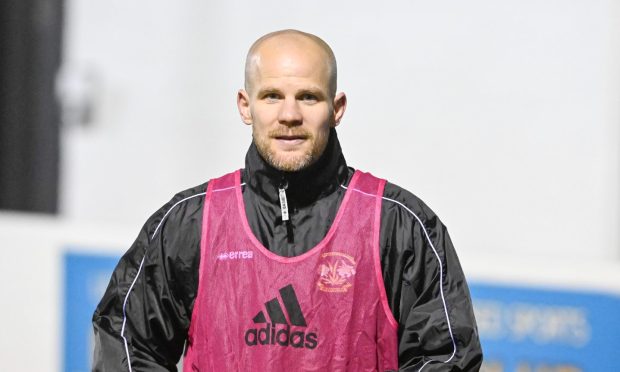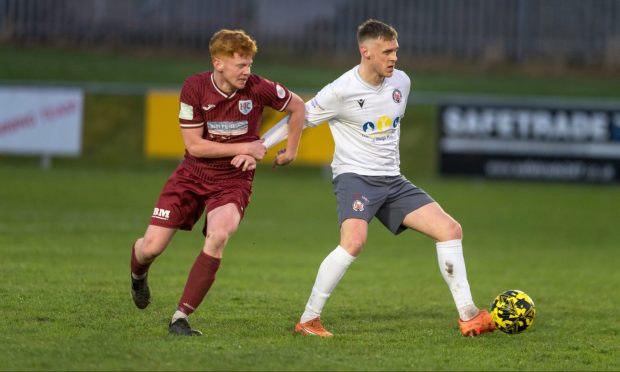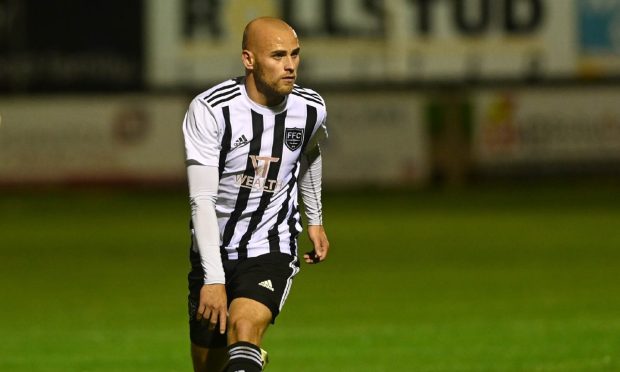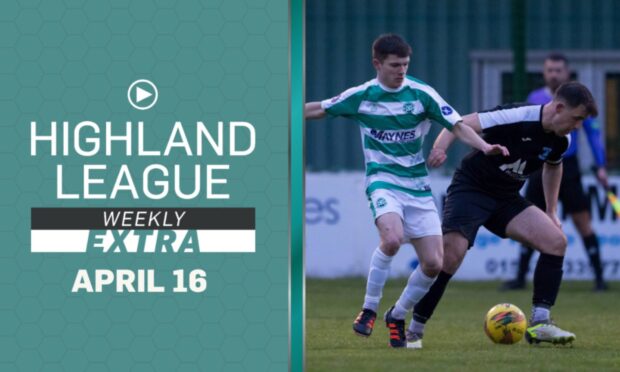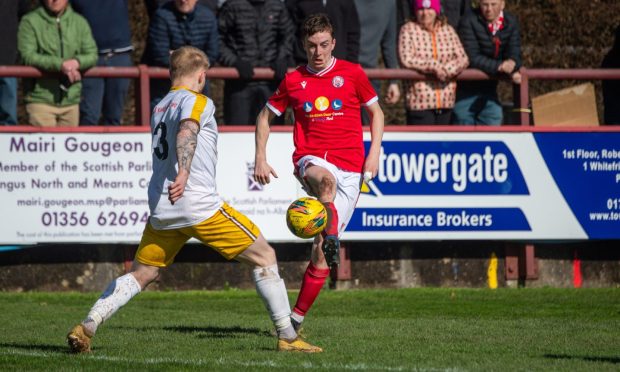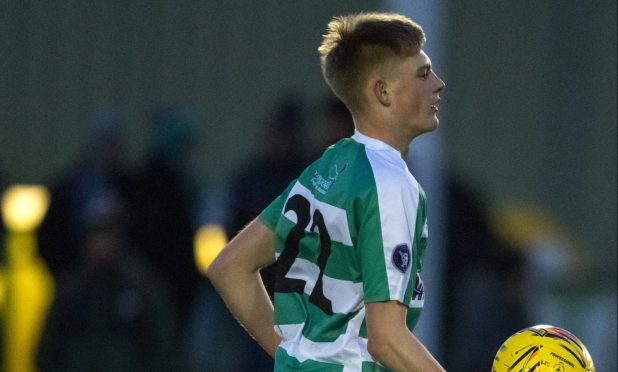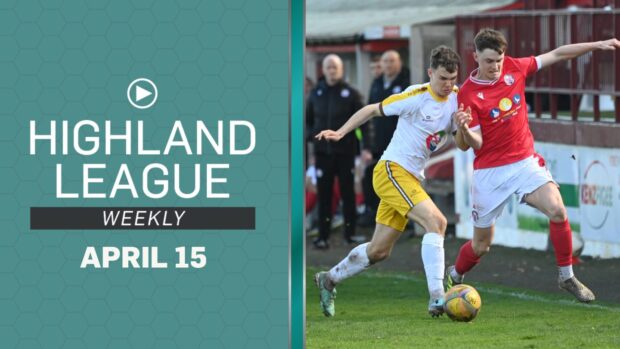If Cove Rangers can finish the job in Berwick today, they will follow in the footsteps of an illustrious band of clubs who have flourished in Scottish league football.
The Aberdeen club has tried and failed on numerous occasions to get into the national senior setup but is now tantalisingly close after a thumping 4-0 win against Berwick in last week’s play-off first leg.
It would take something of a miracle for the beleaguered Borders side to overturn the deficit and save their place in League Two but you can never say never, especially given the recent turnarounds we’ve seen in the Champions League.
If, as expected, they get the job done, they won’t have to look far for inspiration on how they want their journey into the SPFL to go.
Becoming the fifth club to ascend into the national setup from the Highland League, it is likely they would quickly have their eyes set on promotion from the fourth tier.
The way Ross County and Caley Thistle have gone about their business since joining 25 years ago would be the dream goal but a quick glance at Elgin City’s fortunes shows that making further progress up the ranks is far from easy.
Here’s the lowdown on how the former Highland League clubs have fared since their election to the national setup.
Caley Thistle
Back in the days before Inverness even featured in the official club name, Caledonian Thistle made a quick impression on the Scottish game.
A controversial merger between Caledonian and Inverness Thistle left scars, some of which still haven’t fully healed, but it’d be hard to argue that it wasn’t the right move looking back on 25 years of success.
A Scottish Cup triumph in 2015, finishing third in the top flight and qualifying for the Europa League and two promotions to the Premiership – with a third potentially in the offing – are more than enough evidence to prove the point.
Inverness clinched promotion to the top division for the first time in 2004 and have spent more time in that division than any other since then.
Ross County
The Staggies were more of a slow-burner compared to their derby rivals across the Kessock Bridge when they entered the senior ranks.
It took County five seasons to win promotion from the fourth tier and in 2012, they claimed their maiden promotion to the top table.
But now, County have the upper hand and have already clinched a return to the Premiership after winning this season’s Championship.
Roy MacGregor has kept the club well-resourced but given Dingwall’s population is under 6,000, County remain a great example of what is possible.
Peterhead
The Blue Toon joined the senior ranks in 2000 and like County, reached the third tier five seasons after their election.
The next season, Peterhead were seconds away from a second successive promotion before conceding a stoppage-time equaliser to Partick Thistle in a playoff final at Balmoor.
Thistle went on to win the tie on penalties and Peterhead haven’t been as close since. They’ve bounced between the third and fourth tiers and their supporters have had plenty to shout about this season, having clinched the League Two title.
Elgin City
Without wanting to offend our Elgin fans, it’s fair to say they have been the least impressive of the ex-Highland League clubs since joining the national setup.
An elusive first promotion looked to be edging nearer after a couple of trips to the play-offs earlier this decade, but supporters were left disappointed with an 8th-placed finish in League Two this season.
One of the many challenges the Black and Whites face is that several of their best players have been poached by big-spending Highland League clubs.
In 2013, they lost top scorer Stuart Leslie and key midfielder Daniel Moore to Nairn County.
The others
Aside from the Highland League clubs, in recent years we’ve seen Edinburgh City, Annan and Gretna join the national senior ranks.
Edinburgh City were the first to win promotion through the pyramid play-offs in 2016 – defeating Cove along the way – and this season pushed for promotion before ultimately losing the play-offs to Clyde.
Annan were elected in 2008 and have lived a fairly quiet existence since then, although they have made the play-offs four times.
Having already seen off Stenhousemuir last week, they just need to overcome Clyde in the play-off final for a first-ever promotion to League One.
Gretna’s rags to riches story is a well remembered one and serves as a warning sign to any Scottish club tempted to spend beyond their means.
Elected to the league in 2002, the club were soon bought by eccentric English businessman Brooks Mileson.
Mileson invested heavily in the club and the club won three consecutive promotions to reach the top flight before his health deteriorated and his financial support was withdrawn.
With accumulated debts of £4m, the club staggered to a relegation from the SPL and was formally liquidated in August 2008.
Mileson never recovered from his illness and died a few months later in November.
